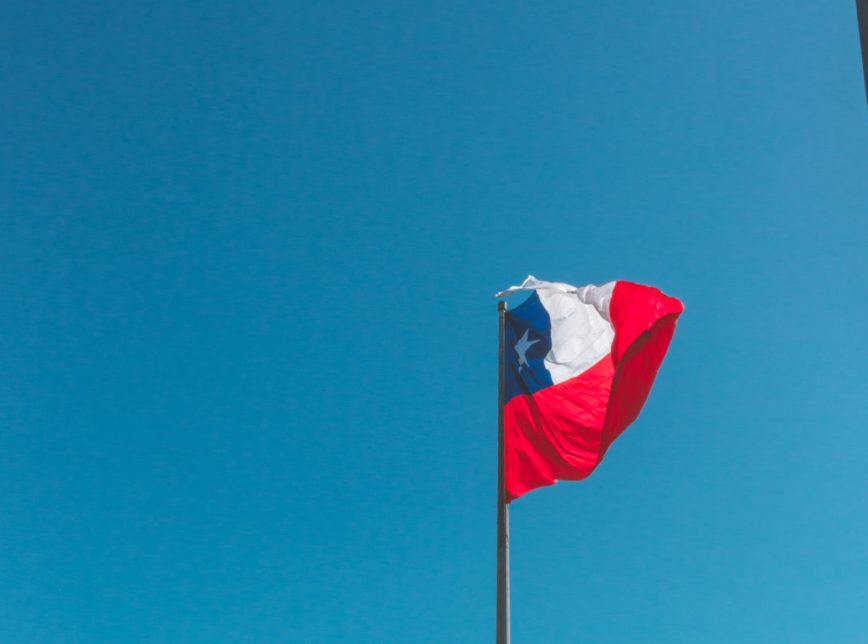RIO DE JANEIRO, BRAZIL – With a hangover from more than a month in total quarantine, Chileans in several capital neighborhoods returned to the streets Thursday looking to leave behind a harsh second wave of the coronavirus pandemic, which worsened in March, and with hopes pinned on the rapid vaccination process.
Groups of people shopping, strolling or playing sports, and increased vehicle congestion, were all seen this morning in Santiago, Chile, where some 1.2 million people left quarantine after several days with the pandemic stabilized.

The measure, which was announced this week, benefits a total of 26 neighborhoods located in various regions of the country that will have, as of this Thursday, April 29, the possibility to circulate freely on weekdays from 5 AM until the curfew begins at 9 PM.
Bars and restaurants will also open, with 4 people per table, and non-essential stores, a long-awaited measure among traders and hoteliers who received a hard blow with this confinement. They already arrived weakened from the total closure of the first wave in mid-2020.
On this first day of opening, and according to data from the Ministry of Transport, the capital increased the flow of subway passengers by almost 10% and vehicular traffic by 3% compared to the previous Thursday.
The second wave emerged in the wake of the austral summer vacations, put the hospital system on the ropes, and led to the confinement of 90% of the population and the closure of borders.
In March, cases reached record highs of over 9,000 per day but stabilized at around 6,000 a week ago, progress that led the authorities to announce the lifting of restrictions.
However, even though the number of newly infected patients remains unchanged, the hospital system has maintained for weeks now levels of saturation never seen before, above 96%, figures that have led the Medical Association (Colmed), the Chilean doctors’ trade association, to question the lifting of the restrictions.
“The problem is the bringing forward of openings when all the necessary conditions are not met, and that is probably our case,” said José Miguel Bernucci, secretary-general of Colmed.
Despite the lifting of restrictions in some areas, Chile, with more than 1.1 million infected and around 26,000 deaths from Covid-19, will maintain the state of emergency, curfew, and border closures.
THE HOPE OF VACCINATION
In parallel, the country is carrying out one of the most successful vaccination processes globally, with more than 8 million people (more than 50 % of the population) inoculated with at least one dose, and more than 43 % have already received two doses.
According to data from Oxford University, Chile is the country in the world with the third-highest percentage of the population inoculated with at least one dose. Most have received the vaccine from the Chinese laboratory Sinovac and, to a lesser extent, Pfizer/BioNTech and AstraZeneca, which will be applied to women over 55 years of age and men over 18 years of age.
The same source places the country as the second-highest percentage of the population fully inoculated.
Authorities are confident that the first effects of the immunization will be felt by mid-May, when the constitutional and municipal elections were rescheduled for 15 and 16 May. It is estimated that 9.3 million people will have received at least one dose.
The country also approved the use of the vaccine from the Chinese laboratory CanSino, of which it will begin to receive batches in May.
Source: efe

